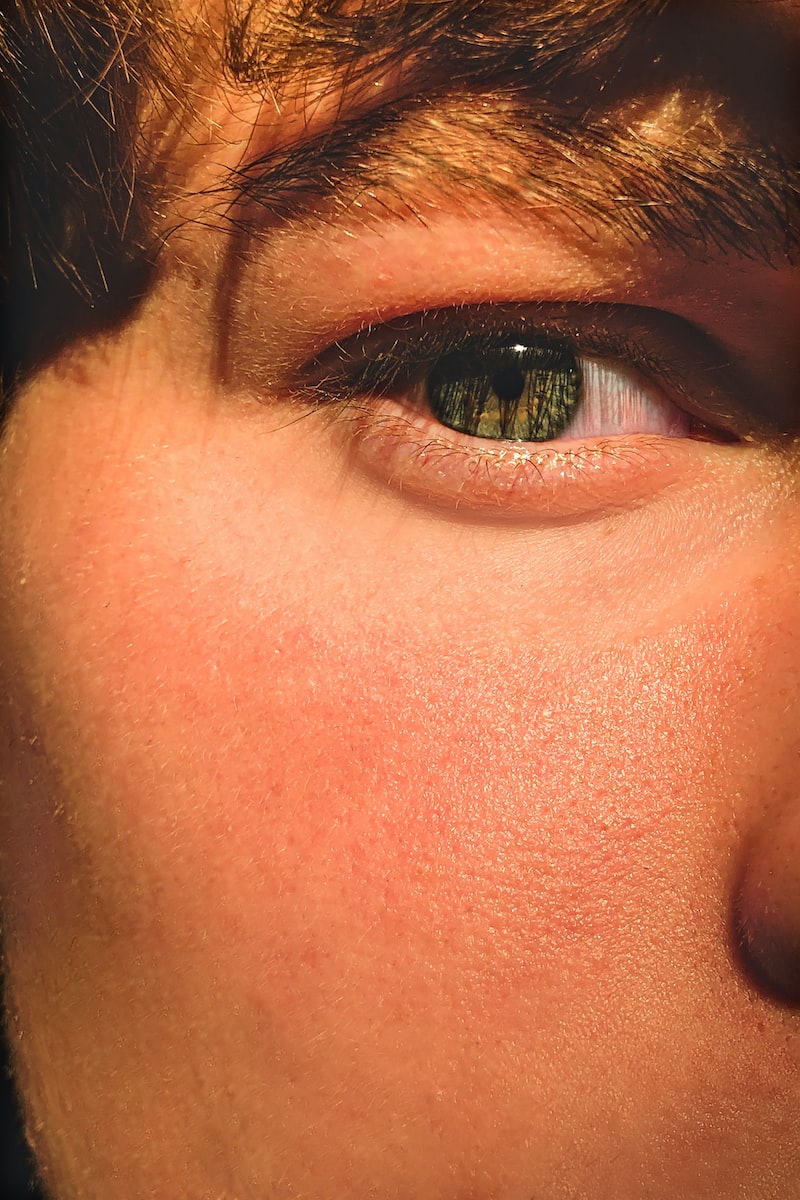Glaucoma is a group of eye conditions that cause damage to the optic nerve, which is responsible for transmitting visual information from the eye to the brain. It is one of the leading causes of irreversible blindness worldwide.
The condition usually develops slowly over time and can progress without any noticeable symptoms until it reaches an advanced stage. While there are several affordable glaucoma surgery treatment options available, including medications and laser therapy, surgery may be required in some cases to prevent further vision loss.

Types of Glaucoma Surgery
There are several types of glaucoma surgery, each with its own advantages and disadvantages. The choice of surgery will depend on the type and severity of glaucoma, as well as the patient’s overall health and lifestyle. The most common types of glaucoma surgery include:
- Trabeculectomy: This is the most common type of glaucoma surgery, which involves creating a small hole in the white part of the eye (sclera) to allow excess fluid to drain out of the eye. A tiny piece of tissue called a trabeculectomy flap is then created to cover the hole, which helps to regulate the flow of fluid. This surgery can be effective in reducing intraocular pressure (IOP), but it does carry a risk of complications such as infection and bleeding.
- Glaucoma Drainage Devices: These are small, implantable devices that are used to redirect the flow of fluid from the eye to a small reservoir implanted under the conjunctiva (the clear membrane covering the white part of the eye). The reservoir then slowly releases the fluid into the bloodstream, reducing IOP. This type of surgery is typically reserved for patients who have not responded to other treatment options.
- Laser Surgery: There are several types of laser surgery that can be used to treat glaucoma, including trabeculoplasty and iridotomy. Trabeculoplasty involves using a laser to increase the drainage of fluid from the eye, while iridotomy involves creating a small hole in the iris to allow fluid to flow more freely. While laser surgery is generally less invasive than traditional surgery, its effects may not be permanent, and patients may require additional treatment.
- Cyclophotocoagulation: This is a type of laser surgery that involves using a laser to destroy the ciliary body, which is responsible for producing the fluid in the eye. This can reduce IOP by decreasing the amount of fluid in the eye, but it may also carry a risk of complications such as inflammation and pain.

Preparing for Glaucoma Surgery
Before undergoing glaucoma surgery, patients will need to undergo a thorough eye exam to determine the type and severity of glaucoma. They will also need to provide a complete medical history and list of current medications, as some medications may need to be adjusted or discontinued before surgery. Patients will also need to follow specific instructions before surgery, such as avoiding certain foods and medications and arranging for transportation to and from the surgical facility.
During Glaucoma Surgery
Glaucoma surgery is typically performed under local anesthesia, which numbs the eye and surrounding area. The surgery itself may take anywhere from 30 minutes to several hours, depending on the type and complexity of the procedure. After the surgery is complete, patients will be monitored for a short period of time to ensure that there are no immediate complications.
Glaucoma surgery can be an effective treatment option for patients who have not responded to other treatment options for their glaucoma. There are several types of glaucoma surgery available, each with its own advantages and disadvantages, and the choice of surgery will depend on the type and severity of glaucoma, as well as the patient’s overall health and lifestyle. Patients should work closely with their eye doctor to determine the best course of treatment for their individual needs. While glaucoma surgery does carry some risks and requires a period of recovery, it can ultimately help to prevent further vision loss and improve the quality of life for patients with glaucoma.


